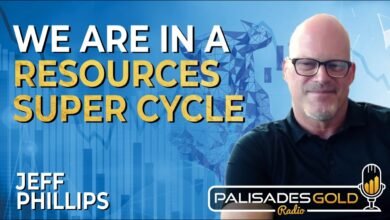Video
China’s $1 Trillion Move To Bankrupt America’s Future + Vance’s Leaked Audio | Tom Bilyeu Show
China’s $1 Trillion Move To Bankrupt America’s Future + Vance’s Leaked Audio | Tom Bilyeu Show
China’s $1 Trillion Move To Bankrupt America’s Future + Vance’s Leaked Audio | Tom Bilyeu Show
